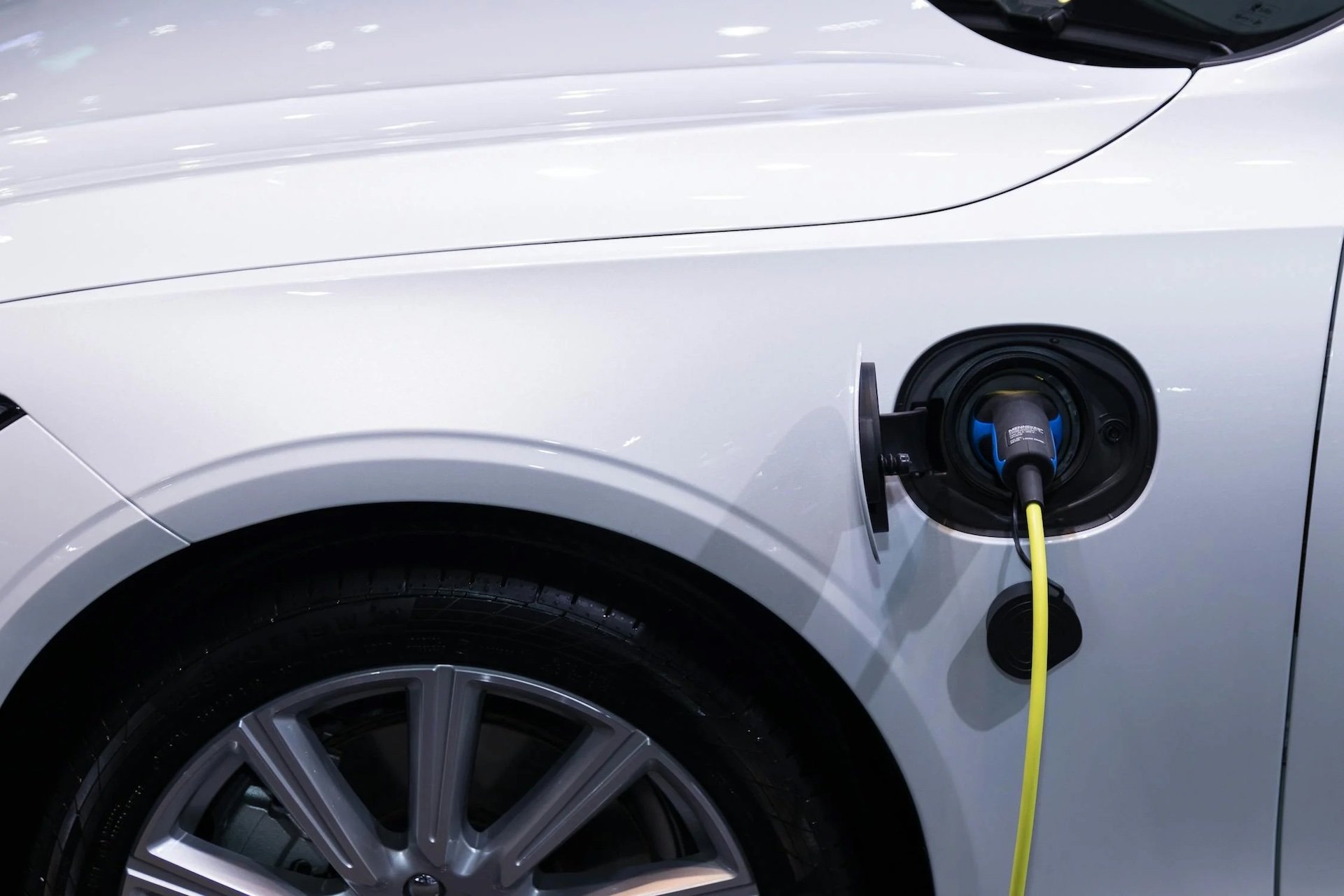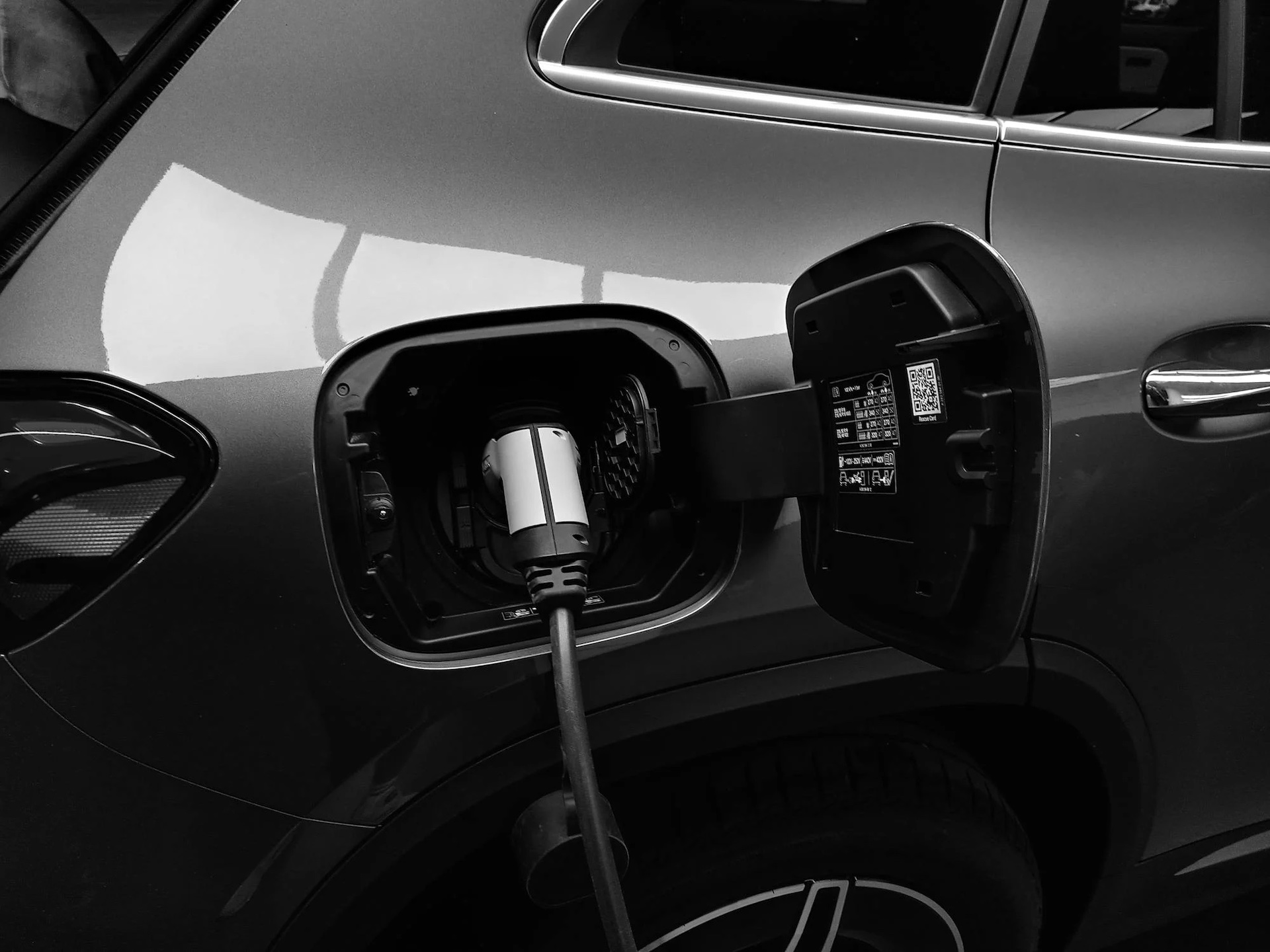The Biden administration is taking a major step to help the United States combat climate change. On Wednesday, the Biden administration introduced a significant new climate regulation aimed at changing one major pollution producer in the country: cars.
This new regulation would ensure new passenger cars and light trucks sold in the U.S. will be all-electric or hybrids by 2032.
Electric Cars Meet Record Sales in 2023
Known as the Environmental Protection Agency (E.P.A.), this new regulation could transform the American automobile market, which has already been turning toward all electric vehicle production in the last few years.
According to the New York Times, 7.6 percent of car sales last year were electric vehicles, which is about 1.2 million. While this is a record number of sales for electric vehicles, there is still a lot of room for improvement.
The New Goal for the E.P.A.
The goal for the new E.P.A. is 56 percent of sales. The target goal has some wiggle room for hybrid cars, which has a goal of 16 percent of car sales.
The Biden administration set this ambitious goal to combat the growing problem of global warming over the last decade.
Fighting the Global Boiling Crisis

2023 was the hottest year on record. Cars and other forms of transportation are the largest source of carbon emissions in the U.S., helping drive the rising temperatures up.
Electric vehicles are the catalyst of Biden’s strategy to confront global warming, hoping to cut the nation’s emissions in half by the end of the decade.
The Target Goal for 2030

“Three years ago, I set an ambitious target: that half of all new cars and trucks sold in 2030 would be zero-emission,” said Biden in a statement.
Biden continued: “Together, we’ve made historic progress. Hundreds of new expanded factories across the country. Hundreds of billions in private investment and thousands of good-paying union jobs. And we’ll meet my goal for 2030 and race forward in the years ahead.”
Limiting Carbon Dioxide

The goal of Biden’s new rule is to limit the amount of carbon dioxide emissions from cars by 2032. To do this, Biden wants to make sure that the cars driving off dealers’ lots are zero-emission vehicles.
Hopefully, this plan will see the U.S. carbon emissions avoid seven billion tons of carbon dioxide emissions.
The Benefits of Electric Vehicles for the Economy

Not only will the sale of electric cars help alleviate the global boiling crisis the world has found itself in, but it will also have a positive financial impact on the nation’s economy.
The New York Times reports that the regulation would provide approximately $100 billion in annual net benefits to society, including $13 billion of annual public health benefits due to the potential improved air quality.
The Benefits for You

There is also a major benefit for the general public. If you are looking to buy a new vehicle, electric and hybrid cars are fantastic ways to save money on gas and maintenance.
The E.P.A. estimates that the average American driver will save about $6,000 in reduced fuel and maintenance over the life of the electric or hybrid vehicle. However, some states, like Kentucky, are trying to tax electric vehicles more than gas-powered vehicles.
The Challenge of Selling More Electric Vehicles

The transition to selling all-electric vehicles might be an easy change. Manufacturing, infrastructure, technology, labor, global trade, and consumer habits will have to change and adapt to this new way of life.
However, states like California have been major supporters of this change, and have established a rule to mandate that 35 percent of new cars sold by plug-in hybrid electrics, EVs, or hydrogen fuel cell cars by 2026 (via Reuters).
The EPA Regulation Does Not Ban Gas-Powered Vehicles

The E.P.A. regulation is not a ban, despite some critics’ statements against the rule. Gas-powered cars and trucks can still be sold, but carmakers will have to meet new, tougher emissions limits on the production line.
Under the Clean Air Act, the agency has the authority and is likely to limit the pollution generated by the number of cars sold each year.
Trump Pushes Against the Rule

Possibly the most unsurprising critic of Biden’s announcement is Former President Donald Trump, who is campaigning to reclaim his seat in the Oval Office in November’s presidential election.
Trump has repeated false claims during his campaign rallies about the performance and affordability of electric vehicles to denounce the E.P.A.’s plans.
Changing Consumer Habits

However, the sales of cars will be entirely up to consumers. “They’re being asked to change their patterns of what they drive, what they buy, how they interact with their vehicles. And you can’t push them faster than they are going to go,” Stephanie Brinley, an analyst for the Auto Intelligence service at S&P Global Mobility, to the New York Times.
To make electric vehicles more enticing to consumers, people will need to make other changes in their daily lives, such as installing more charging stations.
